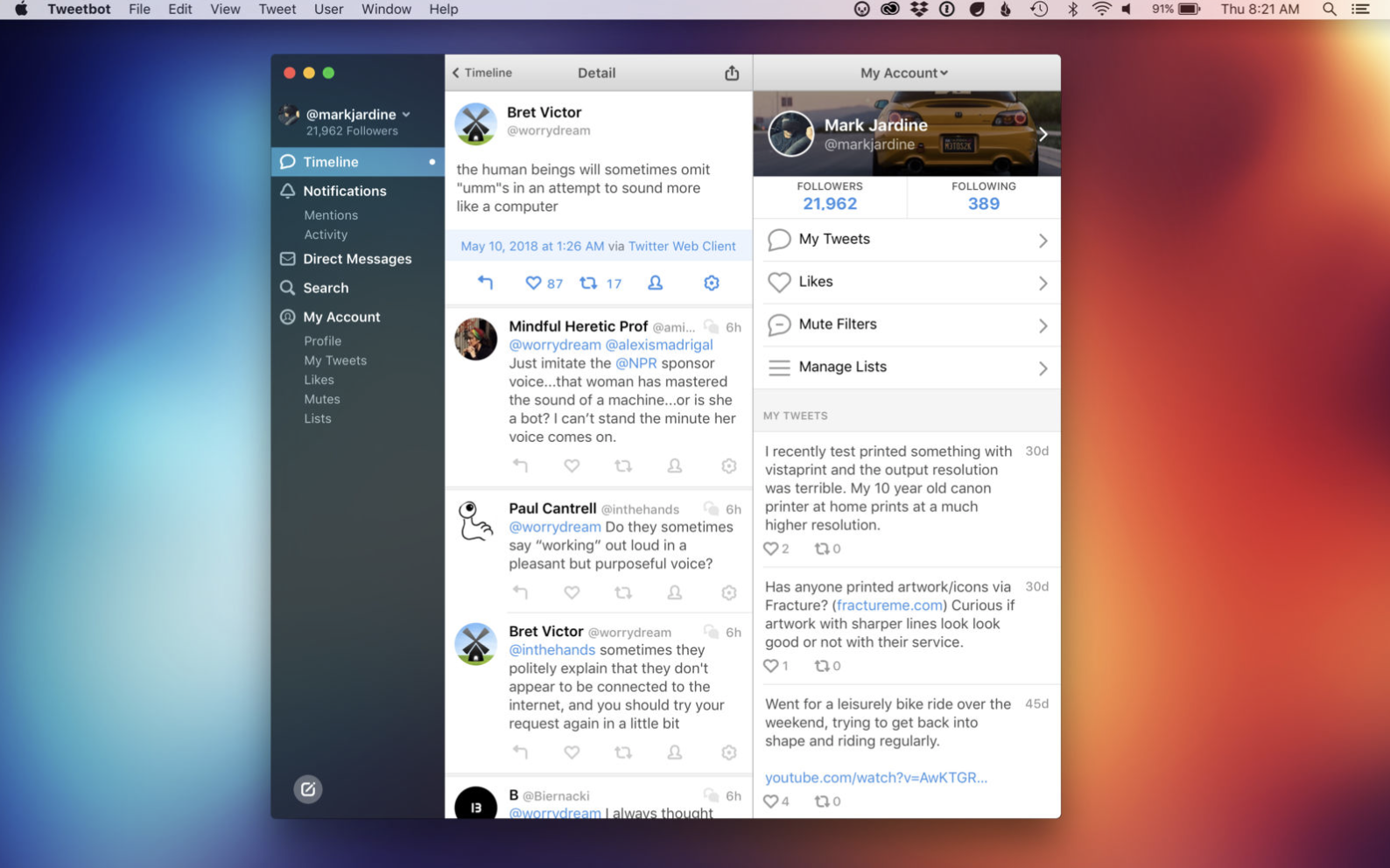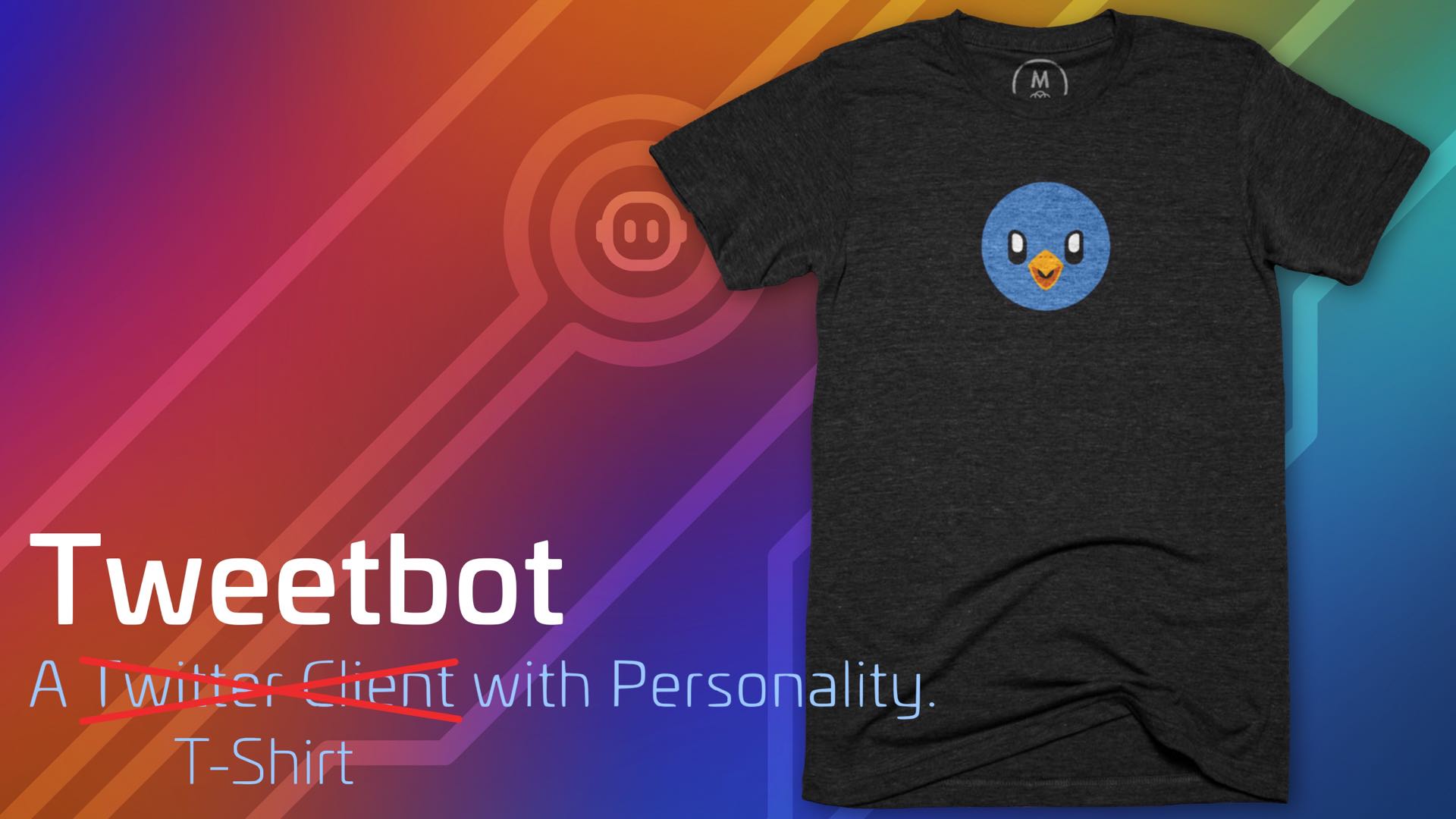


Iterate on your search terms to filter the data.Noise coming from? Are there specific URLs, hashtags, being shared that aren’t relevant to your analysis? Hashtags? When are people Tweeting about these topics? Where is The data, and get the pieces that are important to your analysis. You can’t analyze what you can’t load.The Python client for the Twitter Search API right inside this We need to get Tweets to analyze them.Get the right data, understand it, and filter out any irrelevant data.
#TWEETBOT 3 REQUESTING TOKENS HOW TO#
Once we have a good understanding of our question, the next steps are toįigure out how to get to the answer using Twitter data. For studies where we want to know generally what peopleĪre talking about that might not be a problem, but it isn’t as effectiveįor studies where we want an exact count. Locations (like a geo-tag near an airport) means that we only get a Remember, selecting only users for whom we have a very granular Tweets at 2AM PST, don’t expect to see a lot of content from Speak, or even the time that they are Tweeting (if you’re collecting Users are in relevant locations, if that is important to the question.Īnother way to approximate a user’s location might be the language they

# Just uncomment any of them to get that config option.We can use Twitter’s geo data and enrichments to make sure that our # We've included some commented out config examples here. # You can always add more config options for more control.

# It's very minimal at this point and uses default values. # Welcome to Serverless! # This file is the main config file for your service. Creating the projectīut how did you get the project skeleton? The output is very verbose but it will show you everything that the function will do. Debug( "Twitter client setup complete")įunc ( t * Twitter) GetTweetString( article Article) string " func=main.GetArticle file="/home/kainlite/Webs/tbo/tbo/main.go:173" # 4time="T22:39:15-03:00" level=debug msg="Checking to see if the tweet appeared in the last 30 tweets" func="main.(*Twitter).PickArticle" file="/home/kainlite/Webs/tbo/tbo/main.go:125" # time="T22:39:16-03:00" level=debug msg="Sending tweet" func="main.(*Twitter).Send" file="/home/kainlite/Webs/tbo/tbo/main.go:111" # time="T22:39:16-03:00" level=info msg="Non production mode, would've tweeted: Getting started with skaffold: - TBO" func="main.(*Twitter).Send" file="/home/kainlite/Webs/tbo/tbo/main.go:113" screenName = twitterScreenName // This is the format of the tweet NewToken( twitterAccessKey, twitterAccessSecret) NewConfig( twitterConsumerKey, twitterConsumerSecret) Fatal( "Twitter access secret can not be null") Fatal( "Twitter access key can not be null") Fatal( "Twitter consumer secret can not be null") Fatal( "Twitter consumer key can not be null") Fatalf( "Twitter screen name cannot be null") Var twitterAccessKey string var twitterAccessSecret string var twitterConsumerKey string var twitterConsumerSecret string // Get the access keys from ENV This functions grabs all the necessary bits to connect to the Twitter API. Client tweetFormat string screenName string ID string `json:"id"` URL string `json:"url"` Title string `json:"title"` Content string `json:"content_html"` Published string `json:"date_published"`Ĭonfig * oauth1. Version string `json:"version"` Title string `json:"title"` BaseURL string `json:"home_page_url"` FeedURL string `json:"feed_url"` Articles Article `json:"items"`


 0 kommentar(er)
0 kommentar(er)
